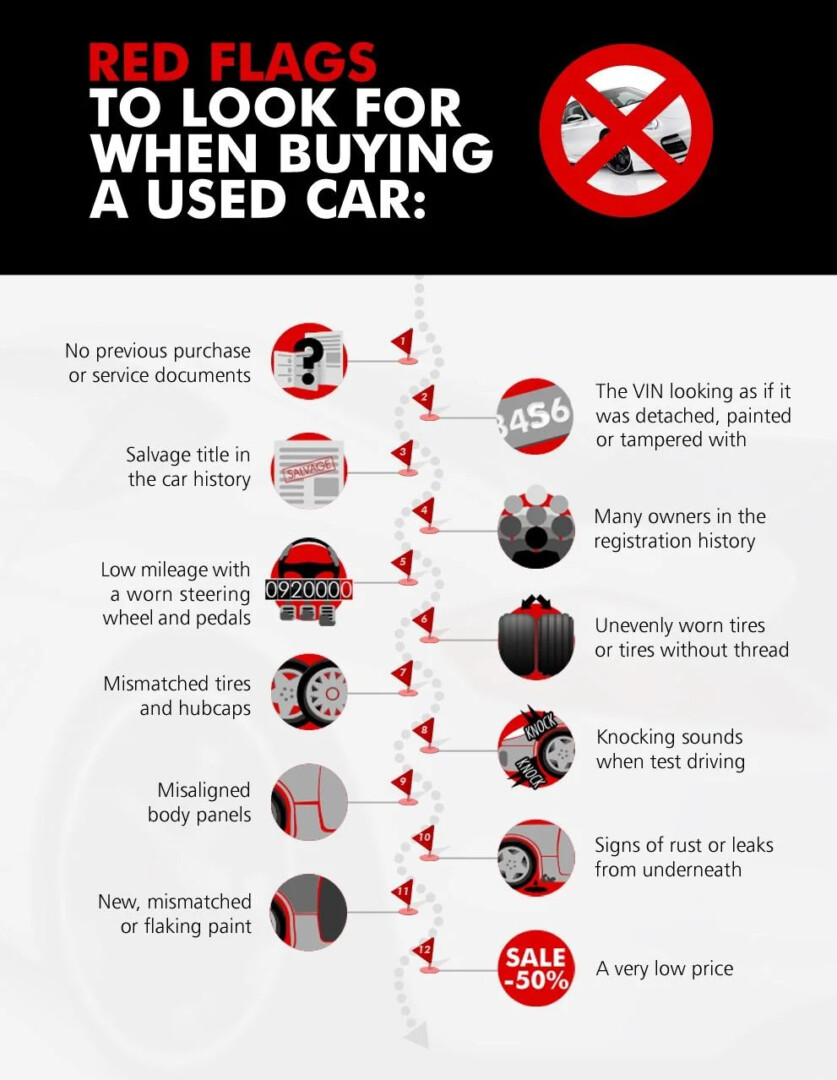

Buying a used vehicle can be an exciting and cost-effective way to get behind the wheel, but it also requires careful research and attention to detail. Whether you’re purchasing from a dealership or a private seller, understanding what to look for, how to negotiate, and how to avoid potential pitfalls can help you make an informed decision and avoid costly mistakes.
In this blog, we will guide you through the essential steps for buying a used vehicle in Texas, offering tips on what to check during your inspection, how to verify the vehicle’s history, and how to ensure you get the best deal possible.
Buying a used car comes with several benefits, including:
However, while the financial benefits are clear, purchasing a used vehicle comes with risks. The key to avoiding those risks is to know what to look for and how to verify the condition of the car before making a purchase.

Before you begin shopping for a used vehicle, it’s important to determine how much you’re willing to spend. Consider the total cost of ownership, including the price of the car, taxes, registration, and insurance. It’s a good idea to set a budget for the vehicle purchase and stick to it to avoid financial strain later.
Once you have your budget set, research different makes and models that fit within your price range. Take into account factors such as:
Use online resources, such as the Kelley Blue Book or Edmunds, to compare prices for similar makes and models.
Before making any decision, always obtain a vehicle history report. This report can provide crucial information about the car’s past, including:
You can obtain a history report from companies like Carfax or AutoCheck for a small fee.
A thorough inspection is essential when buying a used car. Here’s what you should check:
If you’re not comfortable with performing a detailed inspection, it’s a good idea to bring a trusted mechanic with you to check the car over before finalizing the deal.
Never buy a used car without taking it for a test drive. This will give you a feel for how the car handles and whether there are any hidden issues. During the test drive, pay attention to:
Once you’ve inspected the car and are satisfied with its condition, it’s time to negotiate the price. Use your research to your advantage—if the vehicle has any flaws, use them to justify a lower price. Be sure to compare prices of similar vehicles to ensure you’re getting a fair deal.
If you’re buying from a dealership, be prepared for some negotiation. Many dealers will expect you to haggle a bit, so don’t settle for the first price offered. If you’re buying from a private seller, keep in mind that there may be less room for negotiation, but it’s always worth trying.
Once you’ve agreed on a price, make sure you finalize all the paperwork, including:

Buying a used vehicle in Texas can be a great way to save money, but it’s important to approach the process with caution and preparation. By setting a budget, doing thorough research, inspecting the car, and taking a test drive, you can ensure that you’re getting a reliable vehicle at a fair price. Whether you’re purchasing from a dealership or a private seller, following these tips will help you make an informed decision and drive away with confidence.
